Antarctic meltwater is driving the slowdown of a vital deep ocean water current in the Southern Ocean, with global implications for both marine ecosystems and the climate.
A "landmark" paper, today published in Nature, said the circulation of Antarctic bottom water is likely to reduce by around 40 per cent by 2050.
The study is the first to take a deep look at the Southern Ocean overturning and the effects it could have on the environment and marine ecosystem.
READ MORE: What Australians can expect for summer after El Niño watch issued
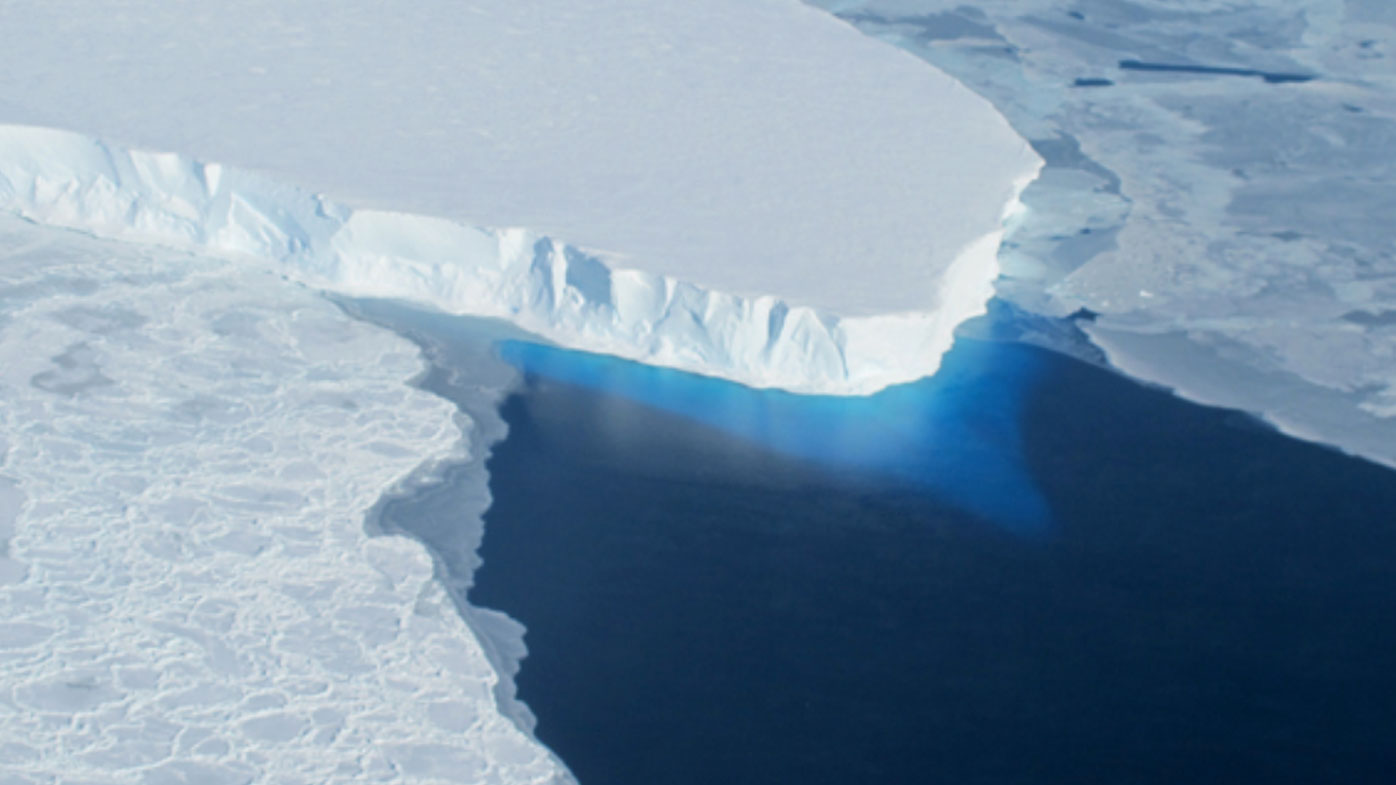
The deep water current could be headed for an eventual collapse if global carbon emissions continue at the current rate, researchers found.
This mirrors a scenario posed by the 2004 sci-fi film, The Day after Tomorrow, which portrays the sudden collapse of the North Atlantic's counterpart, the Atlantic meridional overturning circulation (AMOC).
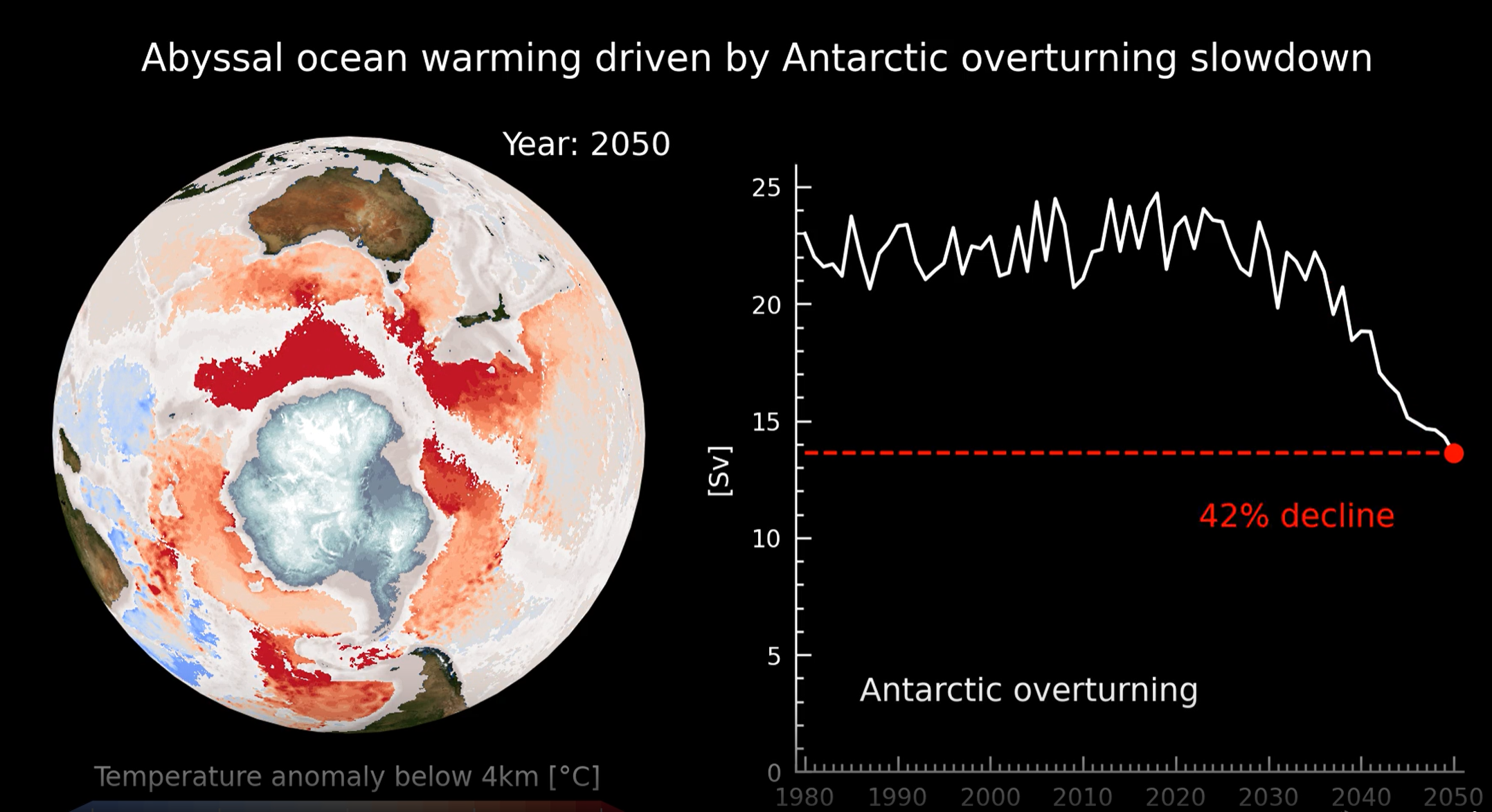
What would happen if the current was to slow - or collapse?
The implications of the Antarctic equivalent are vast and while the world is unlikely to see the rapid "deep freeze" shown in the blockbuster film, scientists are concerned.
Should the deep water current collapse, the oceans below 4000 metres would stagnate, trapping nutrients and oxygen needed for marine life at the surface.
A slowdown would reduce carbon uptake, drive feedback changes to further ice melt, and see the tropical rain band shift from the equator.
READ MORE: What is behind NSW lake's great disappearing act?

Scientia Professor Matthew England, deputy director of the ARC Australian Centre for Excellence in Antarctic Science (ACEAS) at the University of NSW, said it's not yet known what direction the rain band could shift.
"In the absence of any other changes, a slowdown to the overturning would shift the monsoons by 1000 kilometres," England told 9news.com.au, adding a slowdown of the AMOC would dictate which direction the shift would occur.
"It's a competition between the two, they have compensating impacts in terms of rainfall.
"And we know the Walker circulation, which controls trade winds and El Niño cycles, would also play a role.
"(But) if anything, Australia would get less rain due to these changes."
England said accelerated ice melt is one of the factors of most concern, however.
READ MORE: World on 'thin ice' as UN climate report gives stark warning
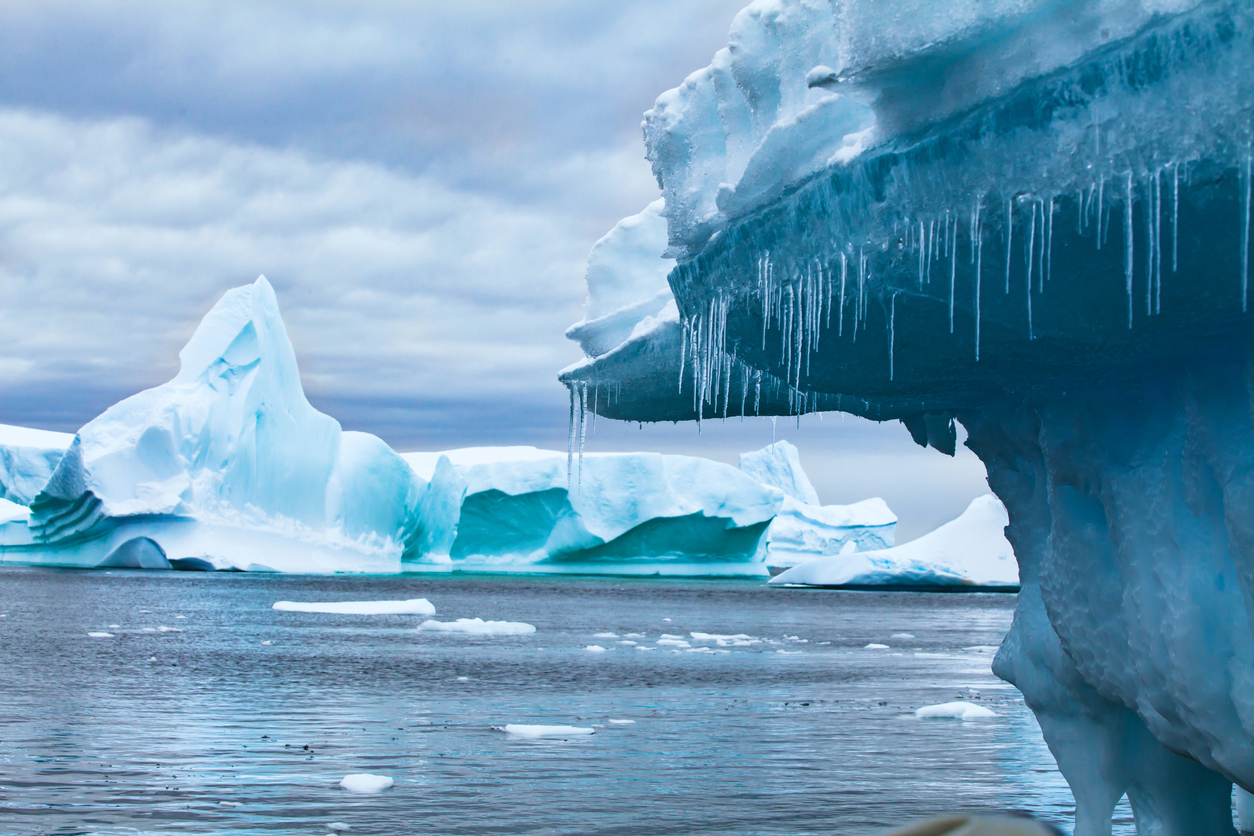
"That feedback to further ice melt is of concern because the region we see the greatest warming response is the west-Antarctic sector," he said.
"Right where we are already seeing significant melt.
"We've had this water mass in a relatively stable state for thousands of years, and with our ongoing greenhouse gas emissions we're changing that."
READ MORE: La Niña and El Niño: Will we switch from one to the other in 2023?
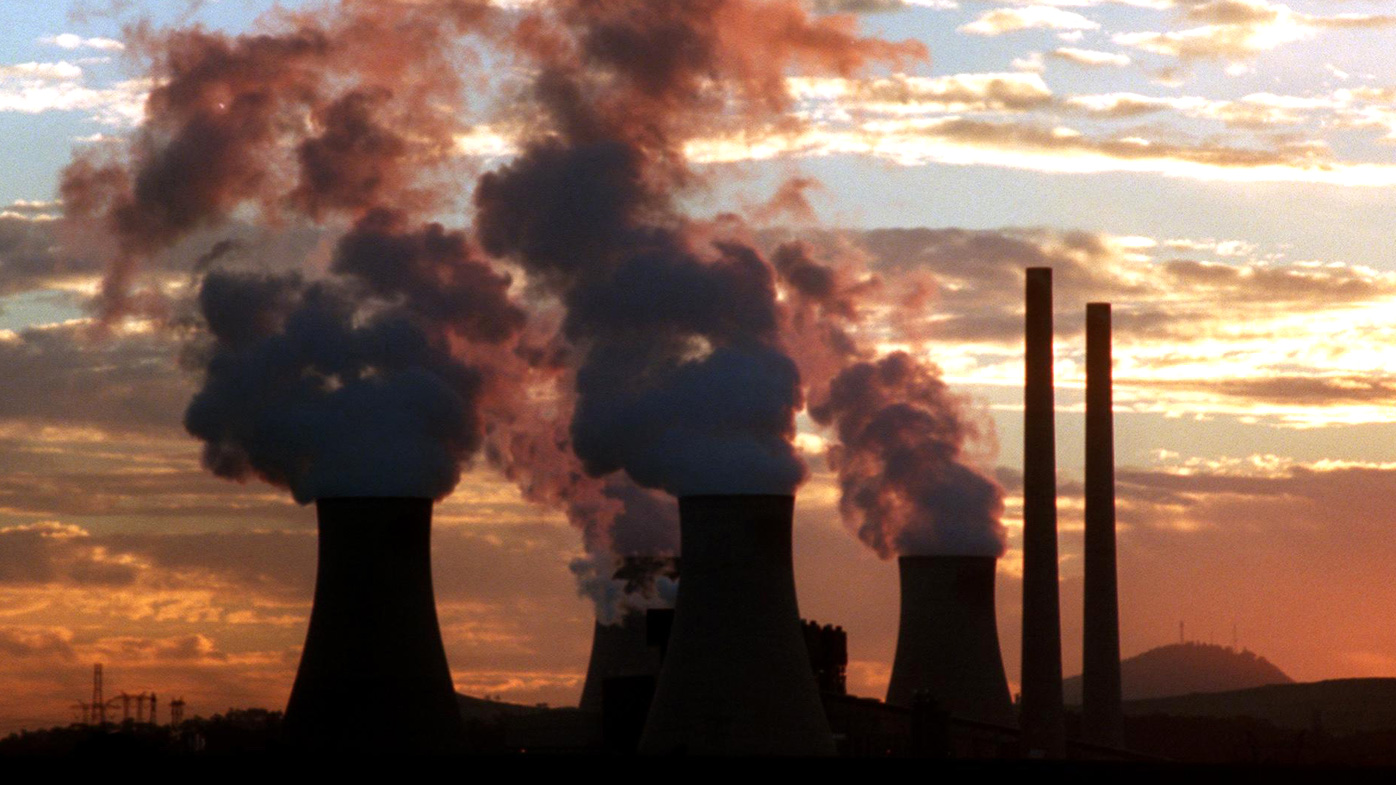
The team of researchers - spanning from UNSW and the Australian National University to the CSIRO and the famed MIT in the US - came to the findings after running projections under a high-emission scenario.
"It is unfortunately the scenario we are on track with at the moment," England added.
Researchers also observed a similar slowing pattern in the AMOC, the cell featured in The Day After Tomorrow.
The AMOC will slow at about half the rate of its Antarctic equivalent, according to projections.
Understanding deep ocean circulation
Each year, about 250 trillion tonnes of cold, salty, oxygen-rich water sinks near Antarctica and is then circulated northwards into a network of currents that span the world's oceans.
In the Pacific, it hugs the coast of New Zealand and makes its way up into the North Pacific.
"It also flows north in the North Atlantic and Indian Ocean," England said.
"You see the signature of this bottom water reaching the very northern reaches of the deepest parts of the ocean.
"Basically, it makes its way around the world through these abyssal ocean basins."
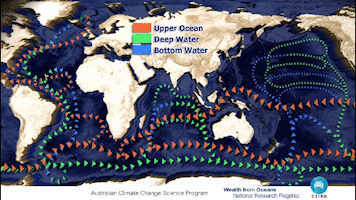
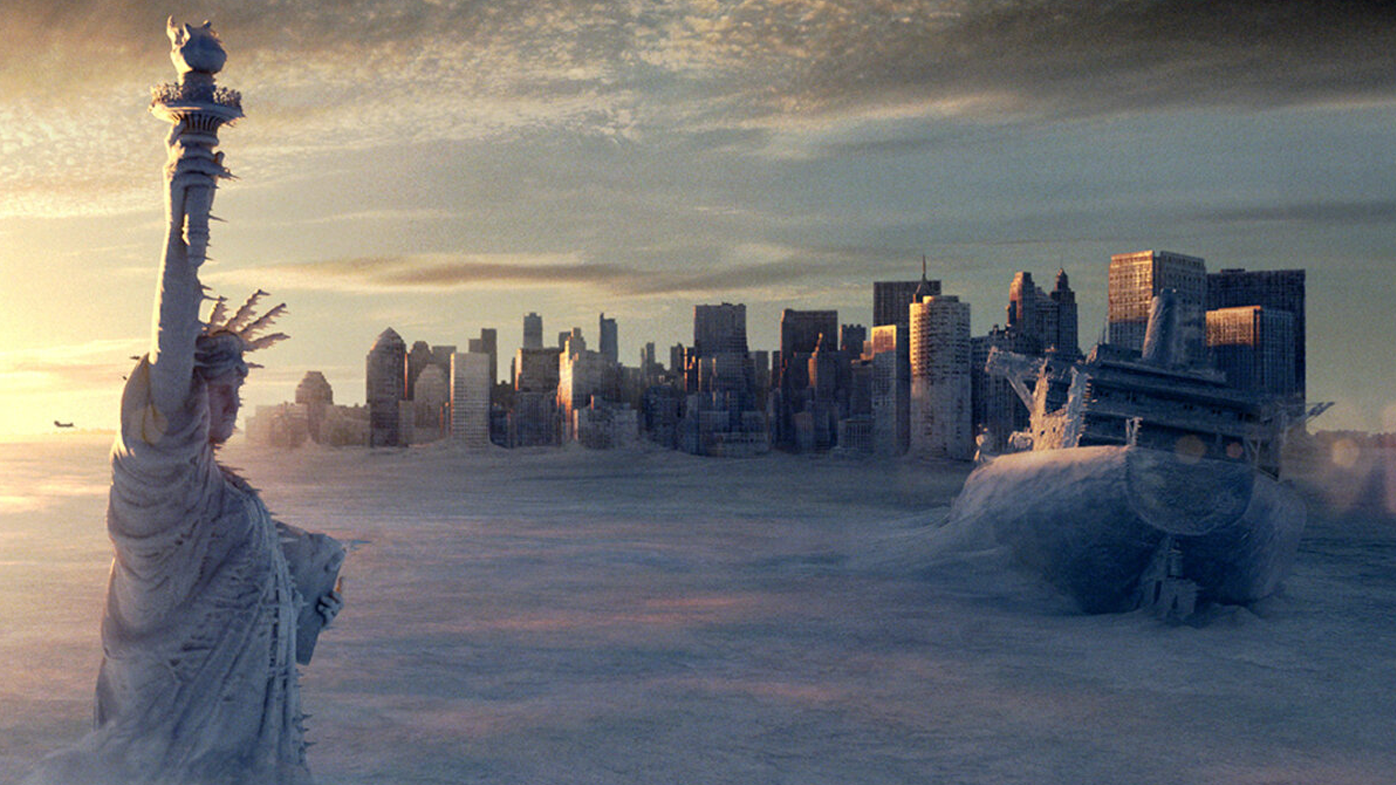
England said the rate of both of the circulations' projected decline - over a couple decades - is staggering.
"It is pretty dramatic," he said.
"It's of course nothing like The Day After Tomorrow, (where it happens) within a day or two, but it's certainly way faster (than) I would've thought these overturning circulations would slow down.
"They're massive volumes of water.
"People born today will be around then, it is certainly stuff that will challenge societies in the future."
Have a story? Contact Raffaella Ciccarelli at rciccarelli@nine.com.au.
Sign up here to receive our daily newsletters and breaking news alerts, sent straight to your inbox.
Source: https://ift.tt/8j0UYJx
Comments
Post a Comment